For this week’s post, I watched “Seconds” and “Strangers on a Train”. “Seconds” is a Sci-fi/Thriller film directed by John Frankenheimer in 1966. “Strangers on a Train” is a Thriller/Crime film directed by Alfred Hitchcock in 1951. While watching both movies, I focused on the visuals and the camerawork of the film. Some of the main things I looked out for were: camera shots, focal depth, and a two shot sequence.
Seconds
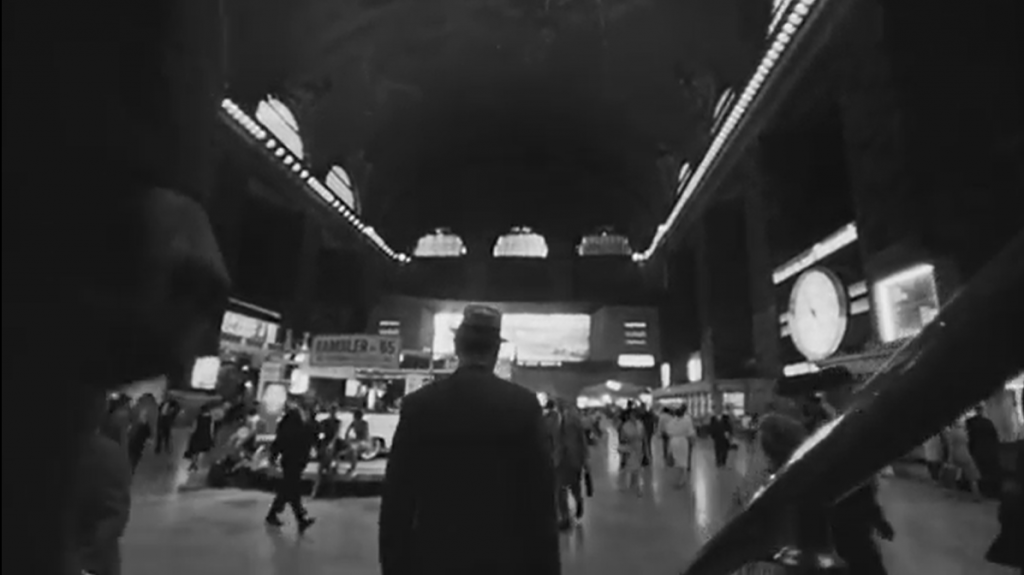
The movie begins with Arthur walking into a train station, and in this screenshot, instead of the camera being high and watching the character go down the stairs from a high view, the camera is lower, most likely at waist height and close to the ground. I’m not entirely sure why the camera is so low because in The Last Detail, it states that “a low angle shot looking up at a character makes them look bigger, giving them strength”. In that sense, I don’t know why Arthur would need to look strong here. Maybe to portray that he’s in charge here, and that he’s sure of himself.

Now, we’re even lower, and it feels like we’re on the floor. The camera angle is level with the actor’s feet. As a viewer, I rarely see the actor’s feet in a shot. But as I stated before, maybe it’s to make the audience feel small.

In The Last Detail, it states that “Many camera shots are stable, finding their fixed position and then letting the actors move within the frame while the camera remains motionless.” Here, we are literally eye level with the actor, and you can tell that the actor is holding the camera based on the shaking of the camera with every step. The actor looks lethargic and dreary, and it feels like Frankenheimer handed Arthur’s actor the camera and said, “Here, hold this and record yourself for a few seconds.”

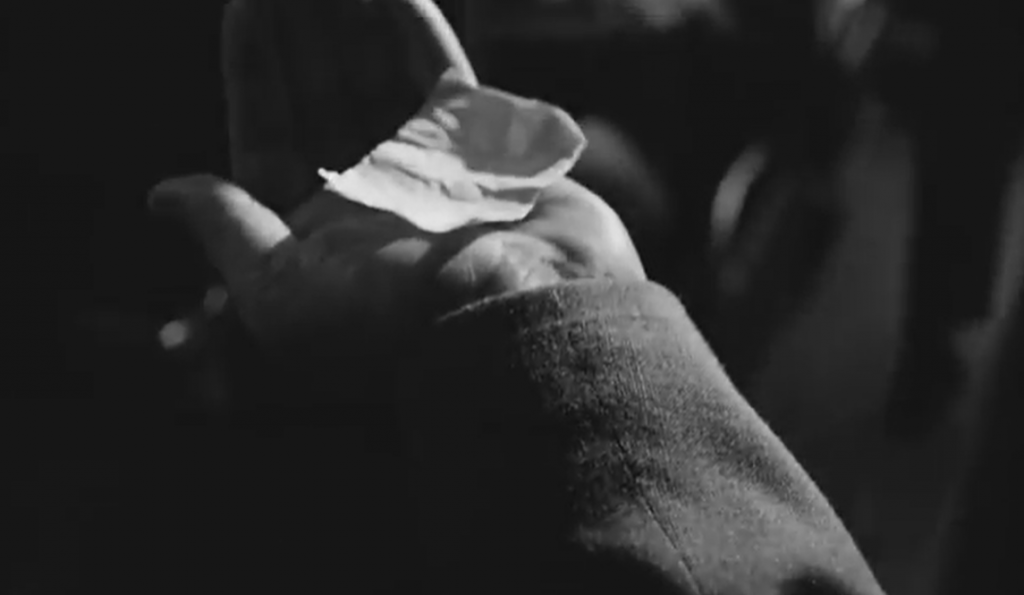
In The Last Detail, it explains what a two-shot sequence is. It states, “A typical example that audiences decode effortlessly is a two shot sequence: in the first, a character in close-up looks off screen; in the second shot, a new object, we see what the character is looking at.”
These two pictures showcase a two-shot sequence, where someone calls his name, and when he turns at the sound of his name, they place something into his hand. Visually, you don’t see who puts the paper in his hand, but instead, you see a hand roughly pushing the paper into Arthur’s hand.
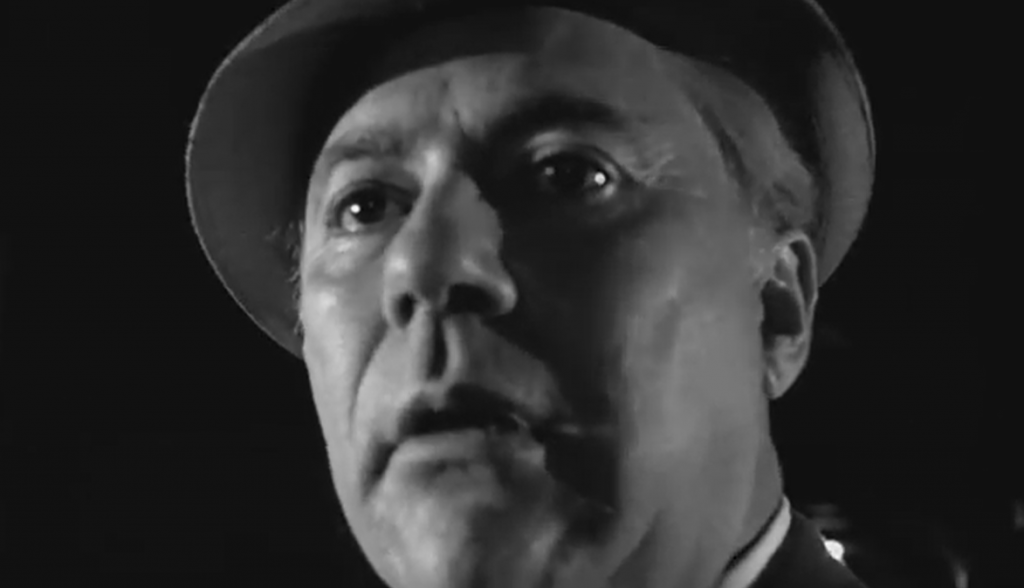
In the next shot, instead of it just being a close-up shot of the actor’s face or zooming in on it, you can see that the camera is moving towards his face while he has to hold his expression and stay still. The music they used here also enhances the shot and makes it more intense.
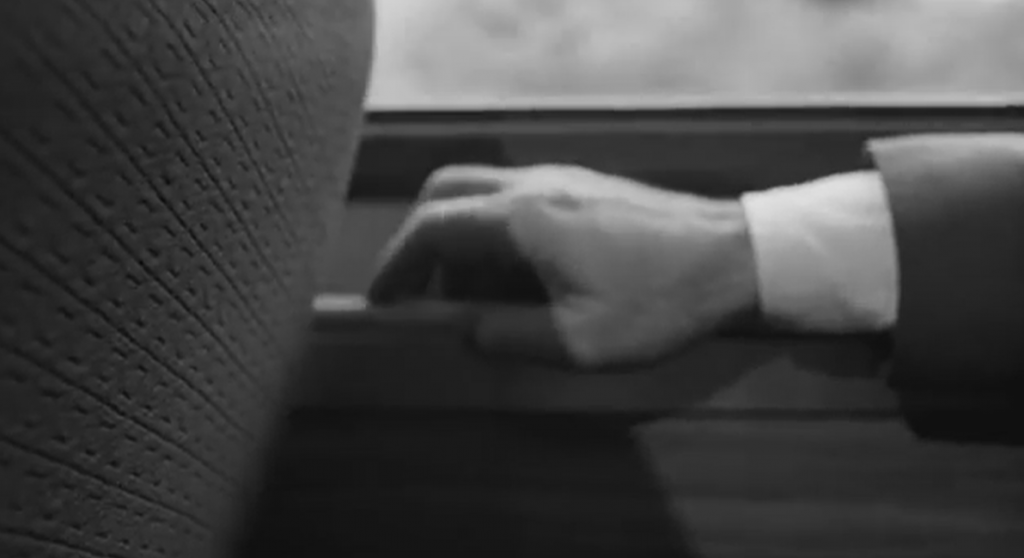
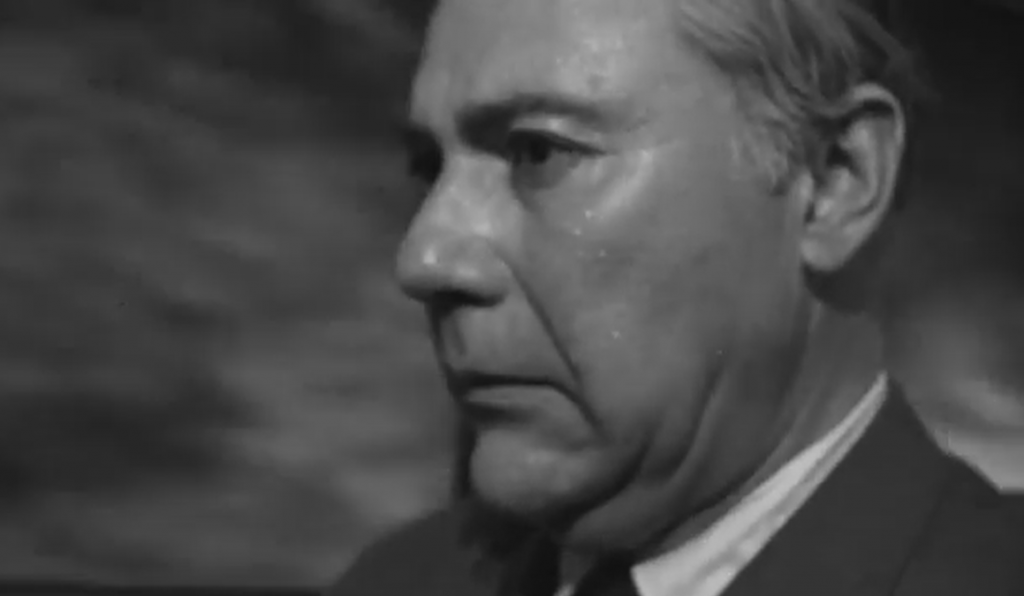
This wasn’t quite a two shot sequence, but the director filmed the actor tapping his finger to show his nervousness, then the camera pans to the actor’s face and the beads of sweat on his face to emphasize that he’s worried about something.
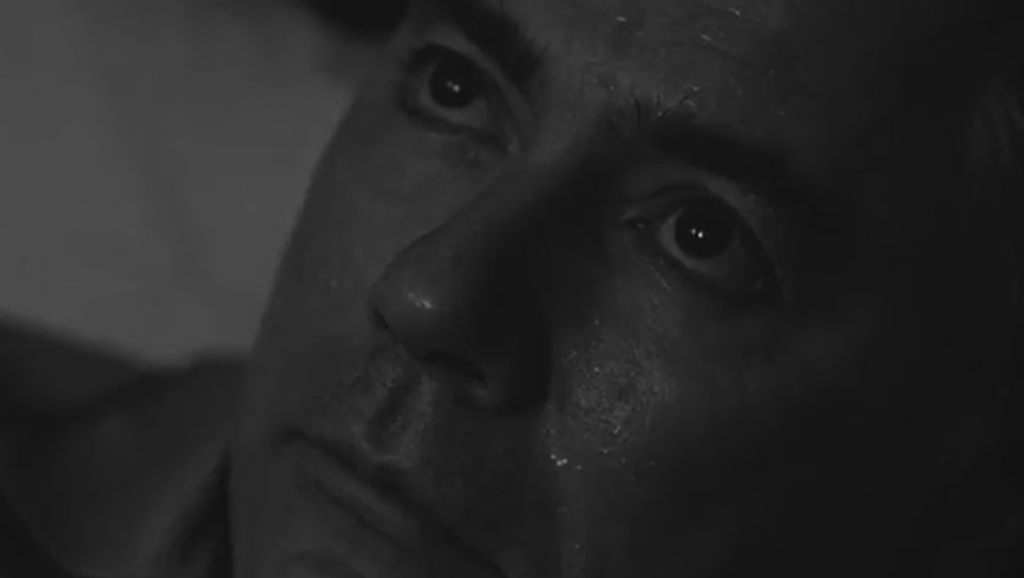
Focal depth is a common method that directors use, and up until now, I didn’t know what it was, but after learning the definition, I understood perfectly what its purpose was. In The Last Detail, it’s stated that “directors also use focal depth to guide our eyes to the most important place in an image.” In this screenshot, the camera remains on his face, and you can still distinguish the beads of sweat on his face. The prolonged shot is what drags the audience’s attention to the actor’s face and the sweat on it.

In this scene, Arthur was drugged, and he’s hallucinating. You can tell because while he’s walking down this hallway, there are a lot of close-up shots of his face from different angles, and as he’s walking, the room looks strange. The camera framing looks distorted as if that’s how he feels as he’s walking. It’s like looking at an illusion, and how you’re looking at an image, but your brain is making you see it differently. Arthur, here, feels like he’s being tricked and doesn’t feel like he’s seeing properly.

In this clip, the actress sits up in bed and shakes her head back and forth with her mouth open. You can only hear intense music to understand that she’s in distress and that she’s screaming, even though you don’t hear her doing it. For the whole scene, there’s no dialogue or noises coming from the actors. You only hear music. It does feel weird, though, because in a scene like this, I’m used to hearing both the actress scream and the intense music in the background. I think Frankenheimer films it like this to portray that there’s no real woman and that Arthur is not actually doing what we’re seeing.

I made sure to get a screenshot of this because I’ve never seen a shot like this before. Arthur had undergone the procedure and has a new face, and he’s talking with someone. Usually, the camera would cut after the actor on the right finished speaking, and then it would cut to Arthur’s face and his expression. But in this shot with the mirror, you can see Arthur’s expression while the other actor is speaking.
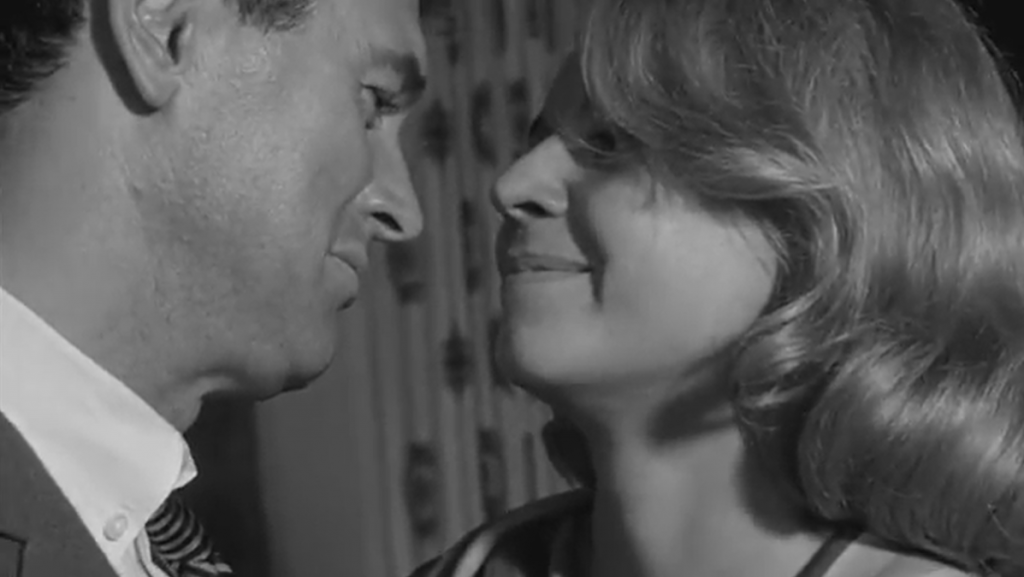
In this whole scene, the camera is up close to both actors’ faces. The camera is kept like this while the characters are having a conversation. Frankenheimer does this to portray that it’s only these two in the room, and that what they’re talking about is important.
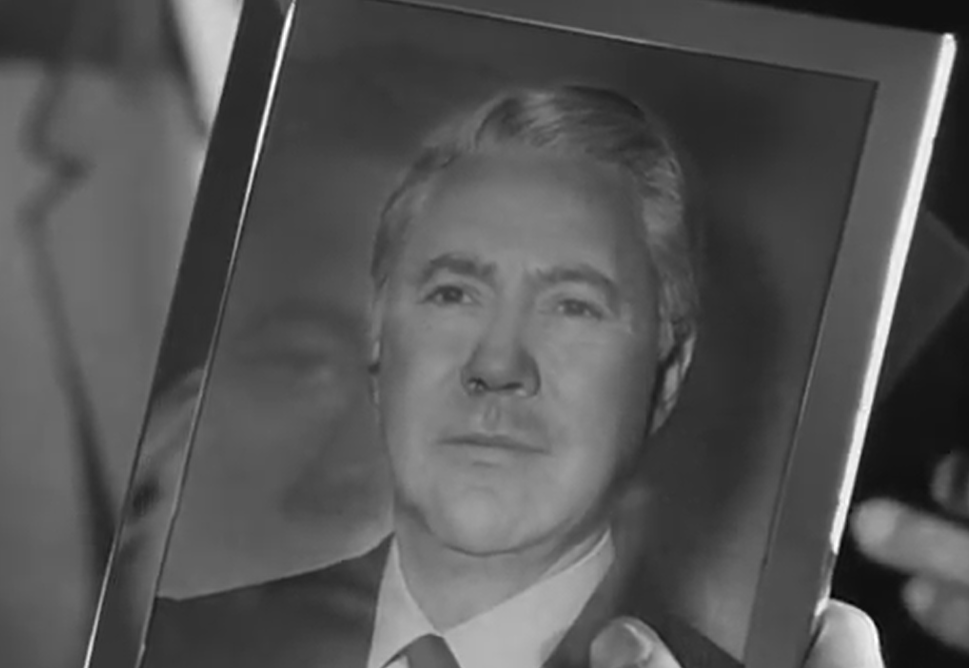
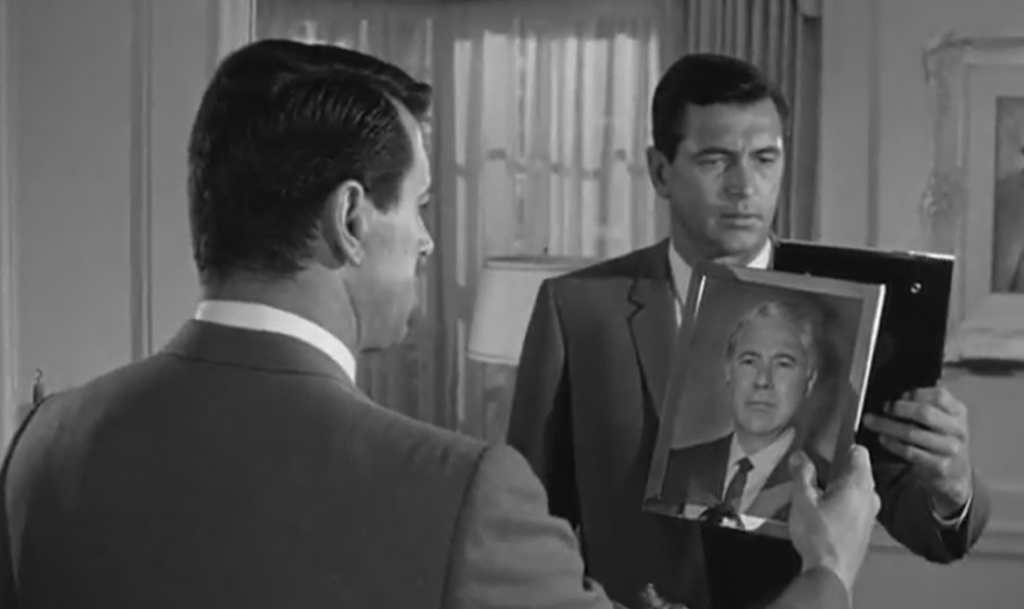
I really liked these two shots, and I think Frankenheimer does a good job showing how conflicted “Wilson” feels because he’s looking at pictures of his old self. I really liked the visual of his reflection in the glass because it shows “Old me, new me” so well. Frankenheimer pushes this concept further by cutting the camera and showing the next shot with Wilson still holding the picture frame of Arthur, while his reflection shows in the mirror.
Strangers on a Train
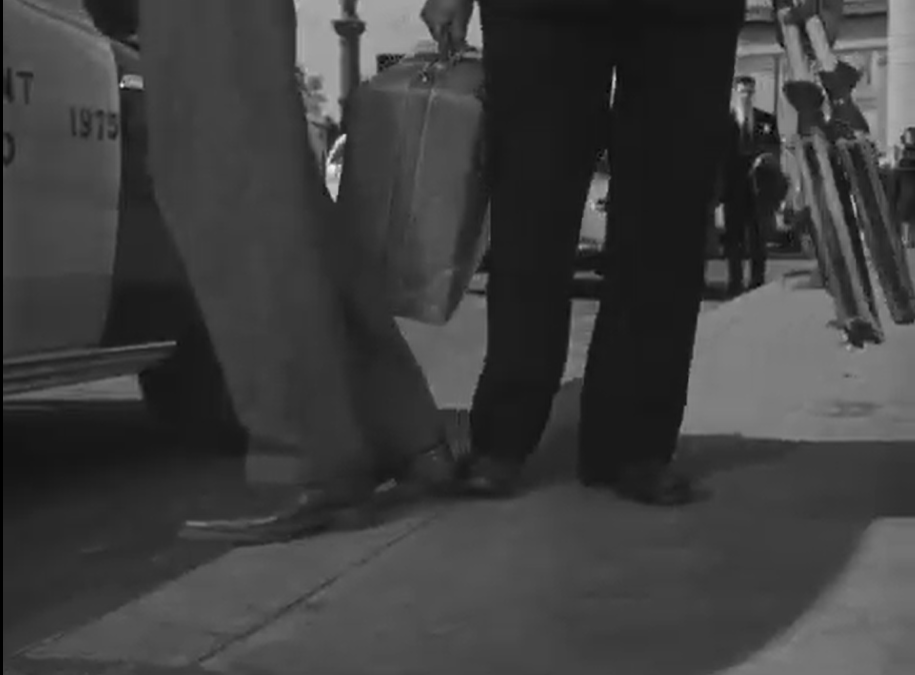
The movie starts with the camera almost on the ground again, and we’re just watching the actors’ feet before we’ve even seen their faces. I think Hitchcock did this because he was trying to describe the wealth or social status of the characters.
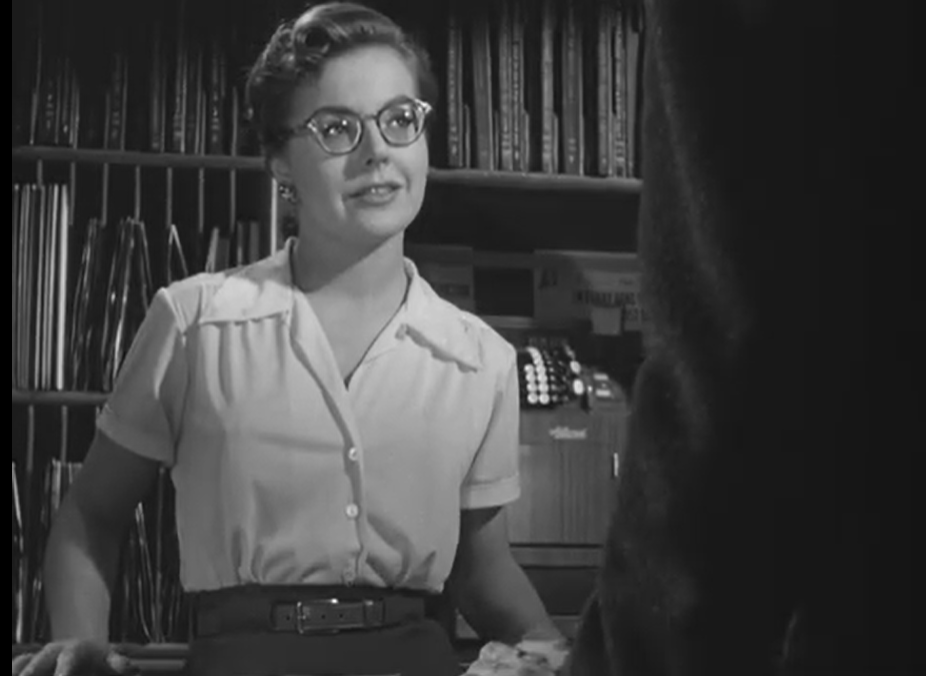
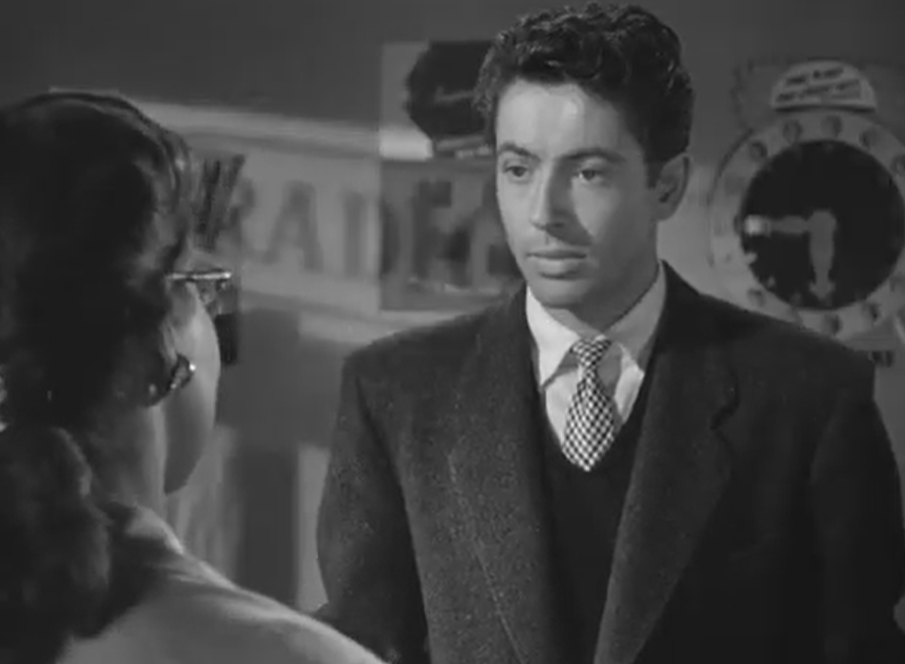
In this scene, the camera cuts back and forth between Guy and Miriam, except that the angles are different. When the camera is on Miriam, it’s at a high angle, and when it cuts to Guy, the camera is at a low angle. Hitchcock did this to show that Miriam is the one in charge in their relationship. Guy accuses Miriam of wanting a divorce, and she replies in a relaxed manner and denies that she doesn’t want one.

Hitchcock further portrays this with the way the actors are standing in this screenshot. Miriam is laid back and leaning casually against the counter, while Guy has his back to her and looks uptight. He’s turned away from her because he’s intimidated by her.
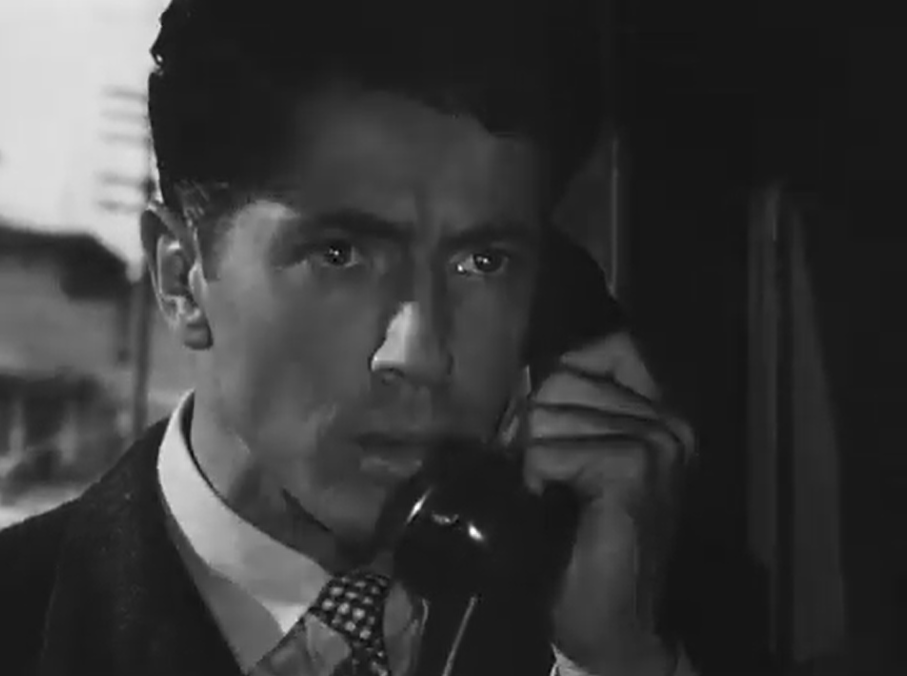
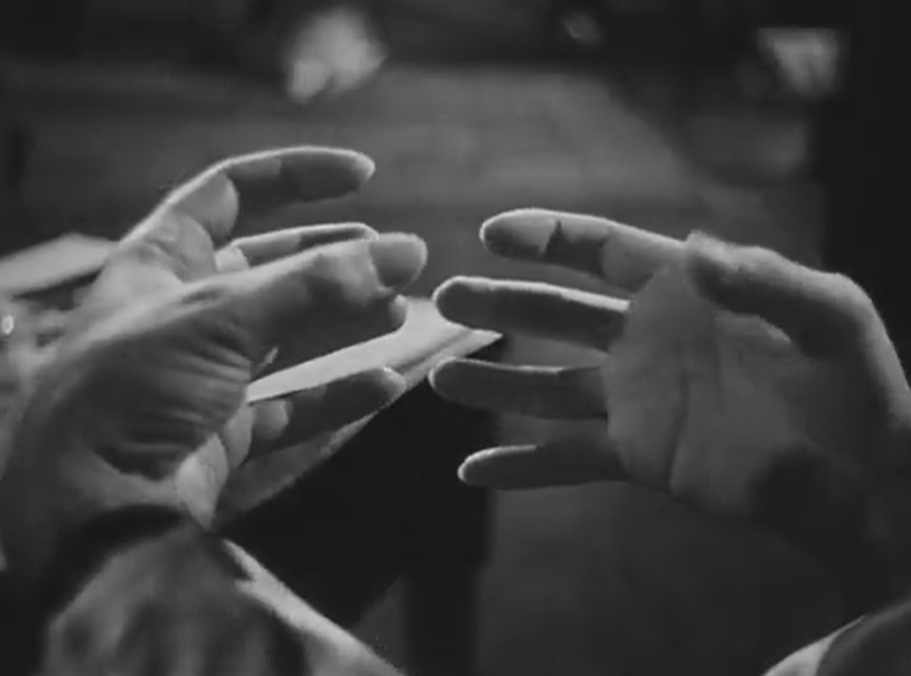
I really liked these two shots because after Guy exclaims, “I said I could strangle her!” the camera fades out to Bruno’s hands, which are positioned in a strangling maneuver. Hitchcock did this to allude to the audience that Bruno would be the one to kill Miriam.

In this scene, Bruno is trying to clarify whether Guy is getting a divorce, and in the background, you can see his parents fighting. I like that Hitchcock did this to demonstrate one of the reasons why a couple might get a divorce.
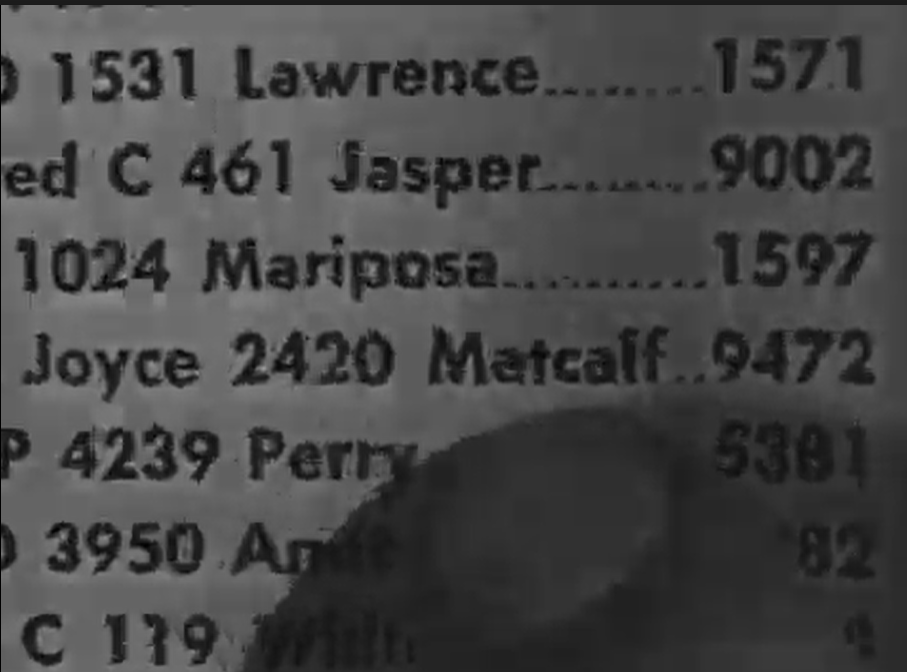
Bruno is looking for Miriam, and Hitchcock showed that by making the camera zoom in while he’s running his finger down the list. It zooms in on the address when he finds it to signify that that’s where he’s going to go.
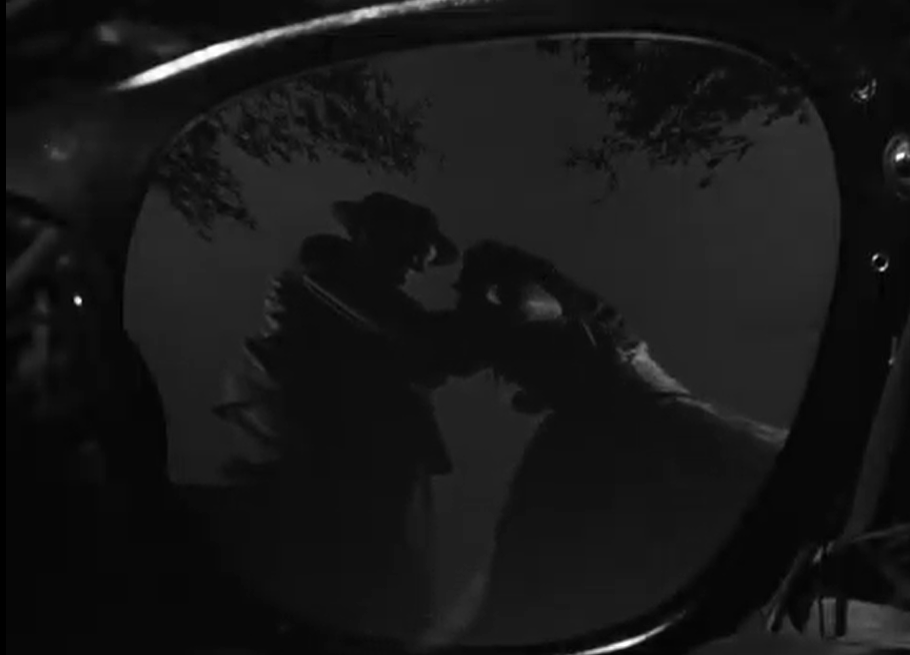

This is the scene where Bruno kills Miriam. It is an interesting perspective because we see it through a side view mirror instead of watching it regularly with the camera facing them.
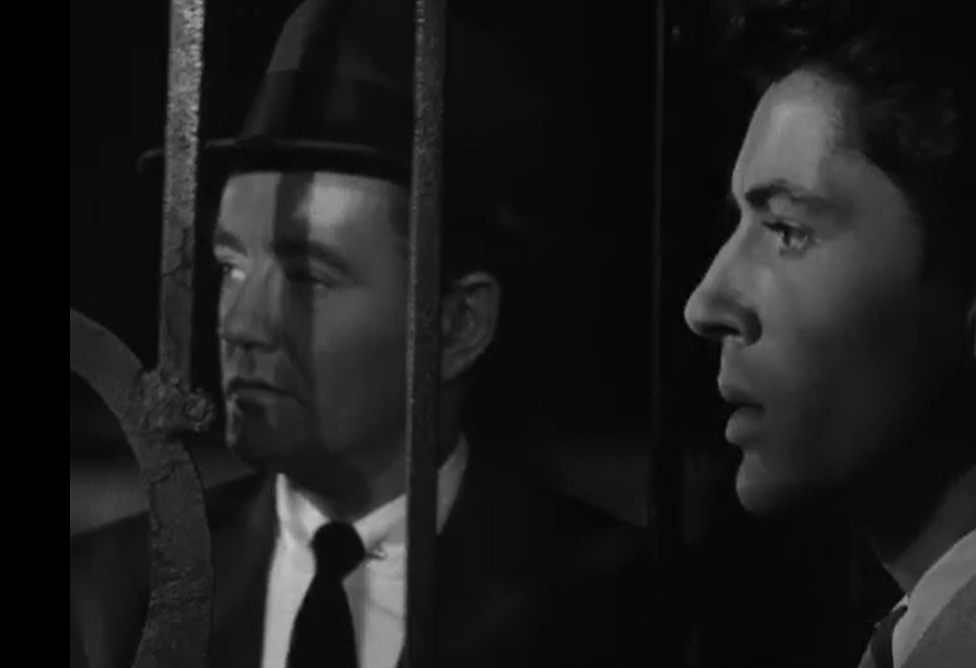
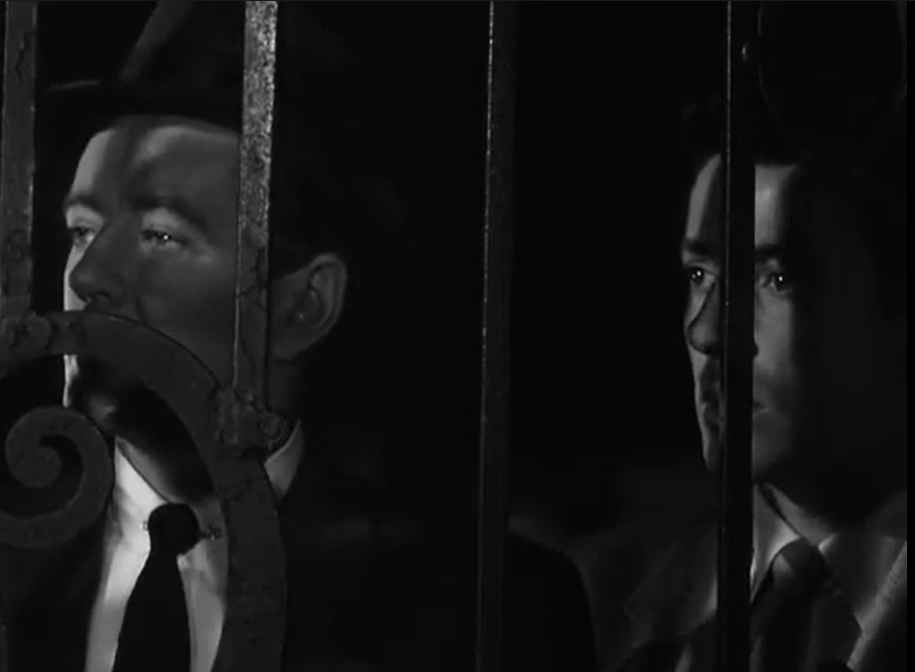
In these shots, Bruno and Guy are talking about the crime that was just committed. In the first screenshot, only Bruno is behind the gate to highlight that Bruno will definitely end up behind bars in prison. Then, a police car pulls up in front of his house, and after Bruno mutters “the police”, Guy hides and steps behind the gate next to him. Hitchcock did this to show that Guy would also end up in prison with Bruno, solely for associating with the murder, despite not doing it himself.
There you have it. “Seconds” was a thriller film, and “Strangers on a Train” was more of a crime film than a thriller film. Personally, with both films being in black and white, the visuals and cuts stand out more. You’re forced to focus on the actors’ expressions and actions rather than the things going on around them. Additionally, because it’s filmed in black and white, I wasn’t as intrigued as I would have been if it had been in color. But overall, I was more engrossed with the plot of “Strangers on a Train” .

Leave a Reply